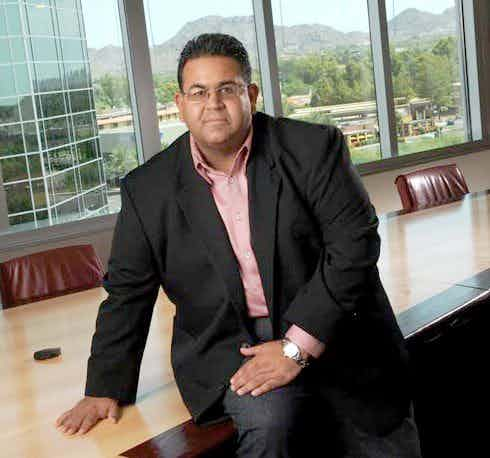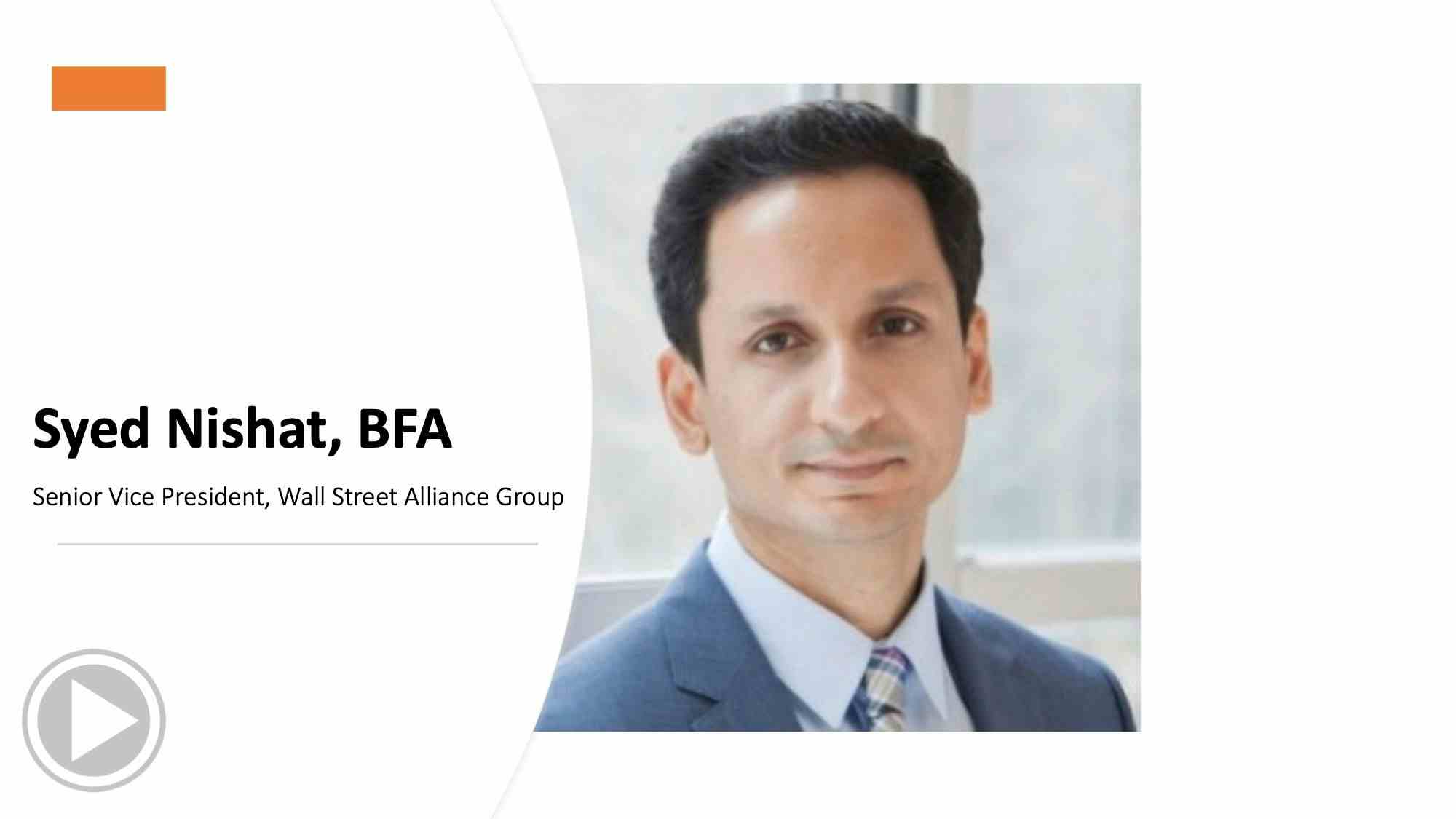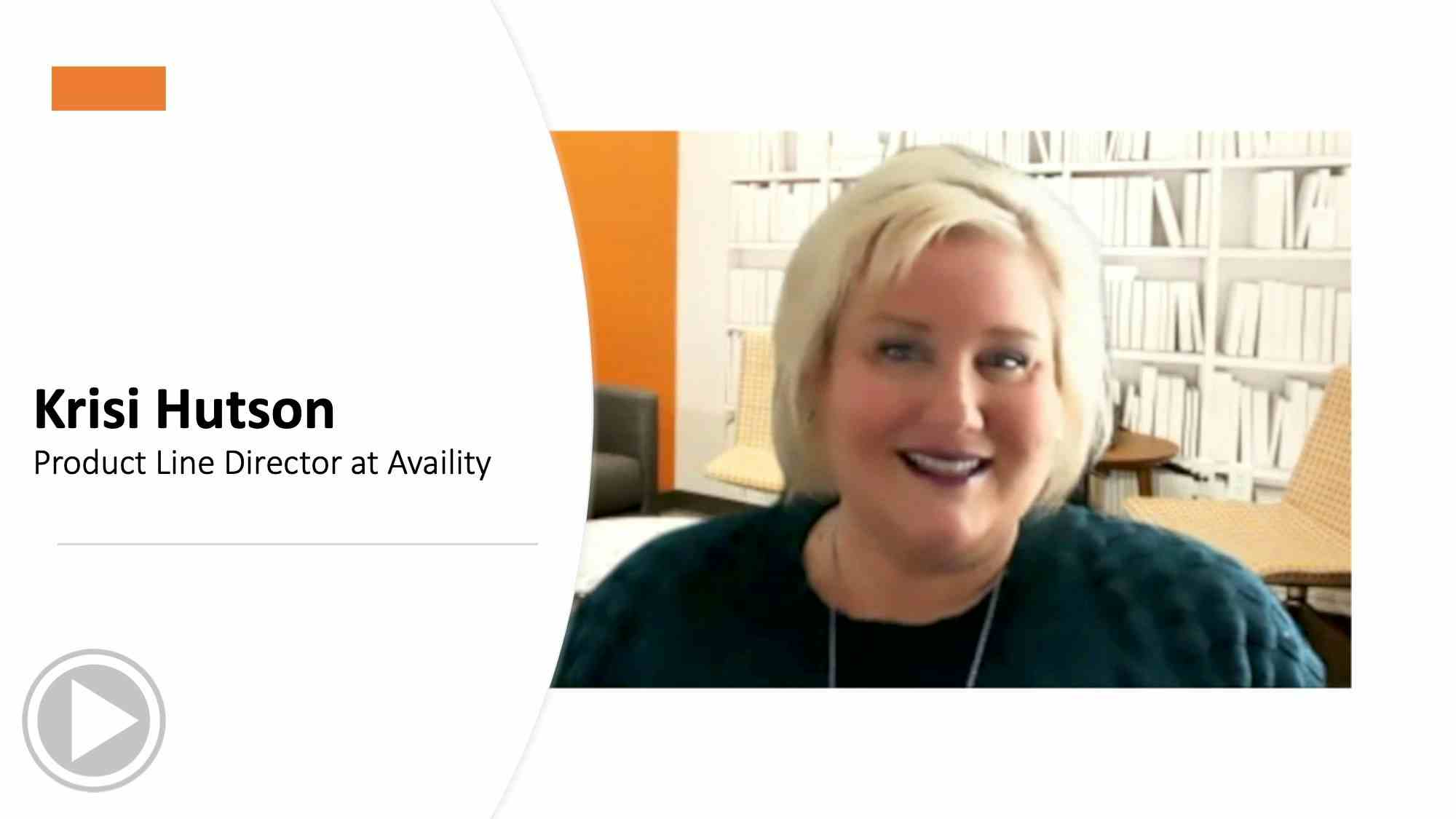The Guide for Physicians to Stay Independent
Can physicians stay independent in an increasingly challenging environment? Here are a few strategies to avoid physician employment.
I am contacted fairly frequently by physicians in private practice who ask me whether I know of a hospital or other similar entity that may be interested in acquiring their practice. Sometimes a physician is nearing retirement, but more often the physician has simply determined that remaining in private practice is a hopeless endeavor.
Although independent physicians often opine that the independent practice is no longer sustainable, recent data from the AMA shows that more than 60 percent of physicians continue to work in practices with ten physicians or fewer and their practice size did not really change all that much between 2012 and 2014. In the study, evidence seems to show that although more physicians are becoming employed by hospitals and health systems, they may not be doing so at the rate or speed previously thought.
According to the AMA study, the percentage of physicians working for hospitals or in practices that had some hospital ownership increased from 29 percent in 2012 to 32.8 percent in 2014 and physicians, as practice owners, decreased from 53.2 percent to 50.8 percent in that same time period. Solo practitioners decreased from 18.4 percent to 17.1 percent and physicians directly employed by hospitals increased from 5.6 percent to 7.2 percent. Certainly the trend towards increased physician employment and decreased physician practice ownership is clear, but it’s hardly the wave of change that was predicted. Could it be a trend that is showing signs of slowing? Is it a movement that physicians can halt?
There is no doubt that independent and small practices are still an important part of the healthcare delivery system. Many are continuing to thrive despite the reforms in healthcare going on in this country. How can physicians continuing in the private practice of medicine hold on to traditional healthcare? The practices I’ve spoken with which seem most successful are engaged in some of the following strategies:
a. Expansion into multispecialty groups and new areas of ancillary healthcare;
b. Involvement in clinical integration, accountable care organizations (ACOs), and other strategies that focus on reducing unnecessary utilization and costs for which practices are not compensated in traditional fee-for-service contracts;
c. Supergroup models in which independent practices share in the expense of compliance and technology, share resources, and gain the benefit of group market power;
d. Strategic models that use high numbers of mid-levels and lower overhead and other costs of traditional medical practices. These groups are often expanding into home visitation and other untapped areas of physician services.
Other practices I work with are also looking more often to concierge models in order to limit patient volume and defray costs by charging patients for extras the physicians are willing to provide. However, the uncertainty with concierge models that still rely primarily on insurance is whether there will continue to be non-covered services for which such physicians will be able to bill. For example, many concierge physicians spend extended time with patients talking about end-of-life planning, family issues, and even assisting patients with advance-care planning. These physicians may find they can no longer charge for this service to Medicare as the CY 2016 Proposed Physician Fee Schedule (published in the Federal Register on July 15, 2015) contains a proposal to include separate reimbursement for advance -care planning, including discussion of advance directives by physicians or other qualified health professionals. While it is certainly a positive trend when payers pay for services physicians were forced to provide for free in the past, the coverage of new services may cause challenges for some concierge physicians.
While remaining in independent practice may be a challenge for many, independent practitioners are among the most clever and entrepreneurial clients that I work with. I am hopeful they will continue to flourish and certainly continue to help by exploring all viable models that may be workable for the independent practice.
Is your practice ready for the Trump tariffs?
April 7th 2025Tariffs are set to drive up costs across industries — including health care — impacting everything from medical supplies to retirement accounts. Take a look at the ripple effects on medical practices and some proactive strategies for physicians to stay one step ahead.
Asset Protection and Financial Planning
December 6th 2021Asset protection attorney and regular Physicians Practice contributor Ike Devji and Anthony Williams, an investment advisor representative and the founder and president of Mosaic Financial Associates, discuss the impact of COVID-19 on high-earner assets and financial planning, impending tax changes, common asset protection and wealth preservation mistakes high earners make, and more.
The benefits of direct primary care
March 25th 2025Direct primary care is transforming the healthcare landscape by replacing insurance-driven models with affordable, membership-based care that strengthens patient-doctor relationships, reduces costs, and improves access to personalized treatment.






